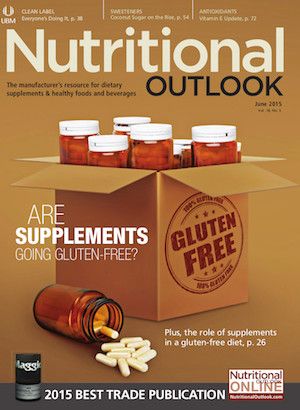Clean-Label Options for Gums and Hydrocolloids
Crucial alternatives to meet growing clean-label demand

Which is harder: determining what “clean label” actually means, or, having done that, finding ingredients that fit the definition and perform functionally in formulation? The consensus: it’s a tossup. Indeed, notes Marshall Fong, consumer insights director, FMC Health and Nutrition (Philadelphia), “Manufacturers must balance consumer preference for healthier foods and beverages with consumer desire for the same taste, texture, and satisfaction they’ve come to expect.”
Fortunately, gums and hydrocolloids help strike that balance. They’re staples across the food and beverage spectrum, but come in especially handy in functional products, where they “enable the reduction of salt, fat, and sugar, as well as the addition of vitamins and minerals while maintaining product stability, texture, and appearance,” Fong says.
Take shelf-stable fortified drinks-protein shakes and nondairy “milks.” These are rising stars in the functional beverage firmament, but “the addition of vitamins and minerals can create challenges related to solid-particle suspension and protein interactions that result in stability defects,” Fong explains. “Hydrocolloid stabilization systems can provide structure to minimize or eliminate the settling of solid particles and create uniformity so that high-protein beverages remain both appealing and nutritious.”
Gums and hydrocolloids also bind moisture, generate viscosity, impede ice crystallization, improve mouthfeel, emulsify, gel-not bad for one family of ingredients. But are they clean? That depends.
“When there’s not a true standard for natural and clean-label products, it’s hard to qualify which are considered ‘clean label,’” says Janae Kuc, research and development manager, Gum Technology, a business unit of Penford Food Ingredients (Tucson, AZ). “Many come from natural sources, such as seaweed, tree and seed pods, or tubers,” she says, which surely increases their clean-label cred. But some undergo chemical modifications that turn off tougher clean-label customers.
In any event, while formulators must take seriously consumers’ clean-label concerns, “above all, we want to affirm the safety and importance of ingredients like hydrocolloids,” Fong says. Working with suppliers, formulators “can then determine what ingredients will work in their products to reach formulations that offer healthier profiles, appeal to customers, and-most importantly-taste good.”
The following gallery of label-friendly options gets you started.
Photo © iStockphoto.com/Kaan Ates

Prinova acquires Aplinova to further increase its footprint in Latin America
April 7th 2025Prinova has recently announced the acquisition of Brazilian ingredients distributor Aplinova, which is a provider of specialty ingredients for a range of market segments that include food, beverage, supplements, and personal care.
























